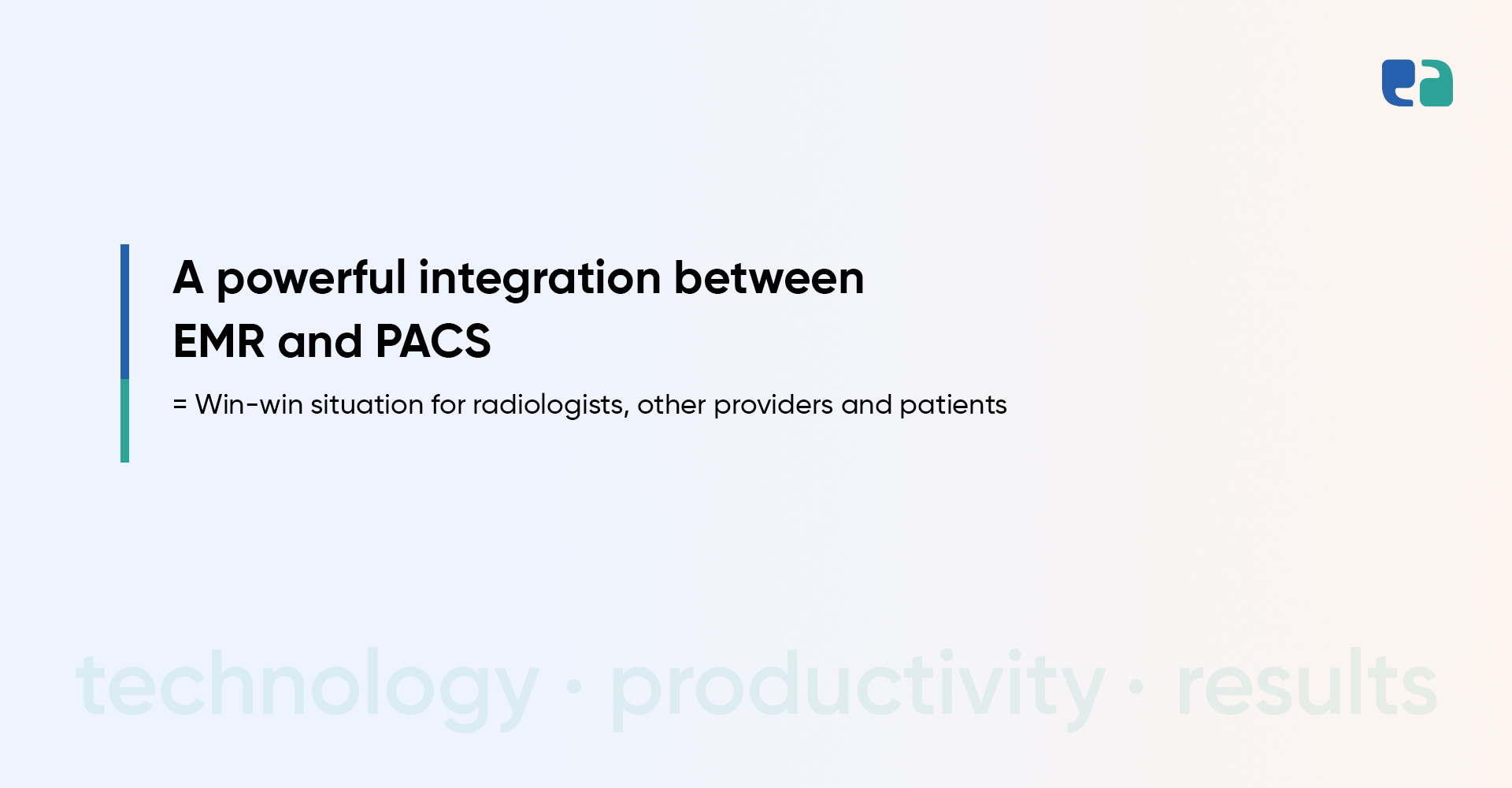I recently visited a hospital that had just started using robots—and honestly, it felt like I had stepped into the future.
There was a robot calmly gliding through the hallways, delivering medications from the pharmacy to patient rooms.
Another one was zipping toward the lab, carrying blood samples. I even saw a robotic assistant gently guiding an elderly patient through a rehab routine, all while a nurse monitored everything through a tablet.
At first glance, it’s the hardware that grabs your attention—sleek, smart-looking machines doing tasks you’d expect from humans.
But as someone from a healthcare tech background, I couldn’t help but notice what was happening behind the scenes.
These robots weren’t acting on their own.
They were connected to hospital systems, following real-time instructions, accessing patient data (securely), and syncing up with nurses’ schedules.
That’s the real magic: the software, data flow, and smart integrations making it all possible.
It reminded me that adopting robots isn’t just about buying machines. It’s about building a digital foundation they can plug into.
And without that? They’re just expensive hardware with nowhere to go.
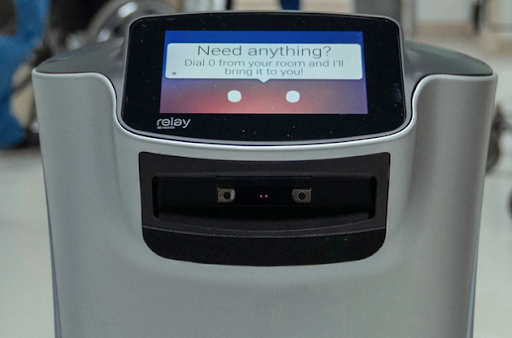
Types of Robots Used in Hospitals
During my hospital visit, I noticed just how many different types of robots are already working behind the scenes—and in front of patients too.
Each one is built for a specific task, from surgery to cleaning.
But no matter what they do, what really makes them powerful is how well they handle data, talk to hospital systems, and work smoothly with people. Let’s break it down.
I am text block. Click edit button to change this text. Lorem ipsum dolor sit amet, consectetur adipiscing elit. Ut elit tellus, luctus nec ullamcorper mattis, pulvinar dapibus leo.
What Really Powers Hospital Robots? The Digital Backbone Explained
When people think of hospital robots, they picture the machine – arms, wheels, sensors. But the real magic? It’s what’s running behind the scenes – a powerful digital setup that makes the robot smart, safe, and useful inside a hospital.
Let’s break down what this digital backbone actually looks like:
1. Real-Time Data Flow
Robots need constant information to work well.
They get live updates on patient status, room conditions, or inventory levels. For example, a logistics robot knows exactly where to deliver a lab sample.
A surgical robot processes real-time imaging data. A cleaning robot updates the system once it finishes a room.
This constant data syncing keeps them responsive and effective
2. Workflow Integration
Robots aren’t working in isolation. They need to talk to other hospital systems like EHR, LIS, PACS, and inventory tools.
This helps them fit smoothly into hospital operations.
For example, a pharmacy robot can receive orders directly from the EHR. Or a cleaning robot can check bed management systems to know when to disinfect a room.
This is only possible when all systems are well integrated — using APIs, HL7, FHIR, and custom connectors.
3. Easy-to-Use Interfaces
Staff need simple ways to control and monitor the robots.
That’s where user interfaces come in — consoles, apps, even touchscreens.
- Surgeons use a console to control surgical robots.
- Nurses might tap a screen to send a logistics robot to a ward.
- Rehab therapists track patient progress through software.
Good UI = better control + smoother operations.
4. Cloud & Edge Computing
Some robots need heavy processing power, especially those using AI.
- Cloud systems store data and handle complex tasks.
- Edge computing helps process data closer to the robot for real-time actions.
Think of it like this: cloud is the brain, edge is the reflexes. Both are needed to keep things running fast and smart.
5. Cybersecurity & Privacy
Robots handle sensitive patient data — so security is a big deal. They must be protected against hacking, breaches, and misuse.
We’re talking about strong encryption, access controls, secure networks, and regular monitoring. Plus, for AI robots, we also need to avoid bias and always collect data ethically.
What Hospitals Often Get Wrong About Robots
Deploying robots in a hospital isn’t like unboxing a gadget. It’s not just about the hardware. What truly makes a robot useful is everything behind the scenes — the systems, software, and workflows it connects to.
1. Robots Aren’t Plug-and-Play
Many hospitals assume a robot will “just work” out of the box. It’s a big mistake.
A hospital is a complex place — full of existing software systems, legacy setups, and unique workflows. A robot needs to know where it is, what it’s doing, and how its task fits into everything else happening around it.
That takes planning, integration, and testing. It’s not plug-and-play — it’s more like “architect, configure, validate, and then launch.”
2. Missing Workflow Integration
Let’s say you have a robot that delivers medications or lab samples. If it’s not aligned with how nurses, pharmacists, or lab techs actually work — it creates more problems than it solves.
It might sit idle. Or force staff to change how they work. That’s inefficient.
The real value comes when the robot takes orders from hospital systems, moves based on real-time data, and reports task completion automatically. Otherwise, you’re just creating isolated tech that doesn’t improve care.
3. Forgetting About Robot-Specific Software
A robot isn’t just metal and motors. It needs software to run.
For example, surgical robots come with complex 3D consoles. Delivery robots need apps to receive tasks, confirm handoffs, and track movement.
Hospitals also need software to monitor robot performance, detect issues, and collect usage data. Off-the-shelf tools often aren’t enough — custom dashboards or software add-ons are usually needed.
4. Overlooking Data Risks and Compliance
Robots generate loads of data — maps, logs, task history, and sometimes even patient info.
If that data isn’t stored securely or spread across too many systems, it becomes a major compliance risk. Regulations like HIPAA and GDPR demand strict data control.
That means hospitals need strong cybersecurity, encrypted data flows, and access management. This isn’t optional — it’s about protecting patient privacy and trust.
Robots in Hospitals: It’s All About Teamwork
Seeing a robot in a hospital is impressive. But real success with robotics isn’t just about the machine — it’s about how well people and tech work together.
How SyS Creations Helps Hospitals with Robotics
At SyS Creations, we don’t just understand healthcare IT — we live and breathe it.
We’ve spent 10+ years building healthcare tech solutions that work in the real world.
Here’s how we support robotics in hospitals:
- We build custom robotics software tailored to your hospital’s needs.
- We integrate robots with your systems — like EHRs, billing, scheduling, and more.
- We provide post-deployment support to make sure everything keeps running smoothly.
- We train your staff so they feel confident using the technology.
- We ensure full compliance with regulations like PIPEDA and HIPAA.
Whether it’s a delivery robot or a surgical assistant, we make sure it fits perfectly into your digital ecosystem — securely, efficiently, and with care.
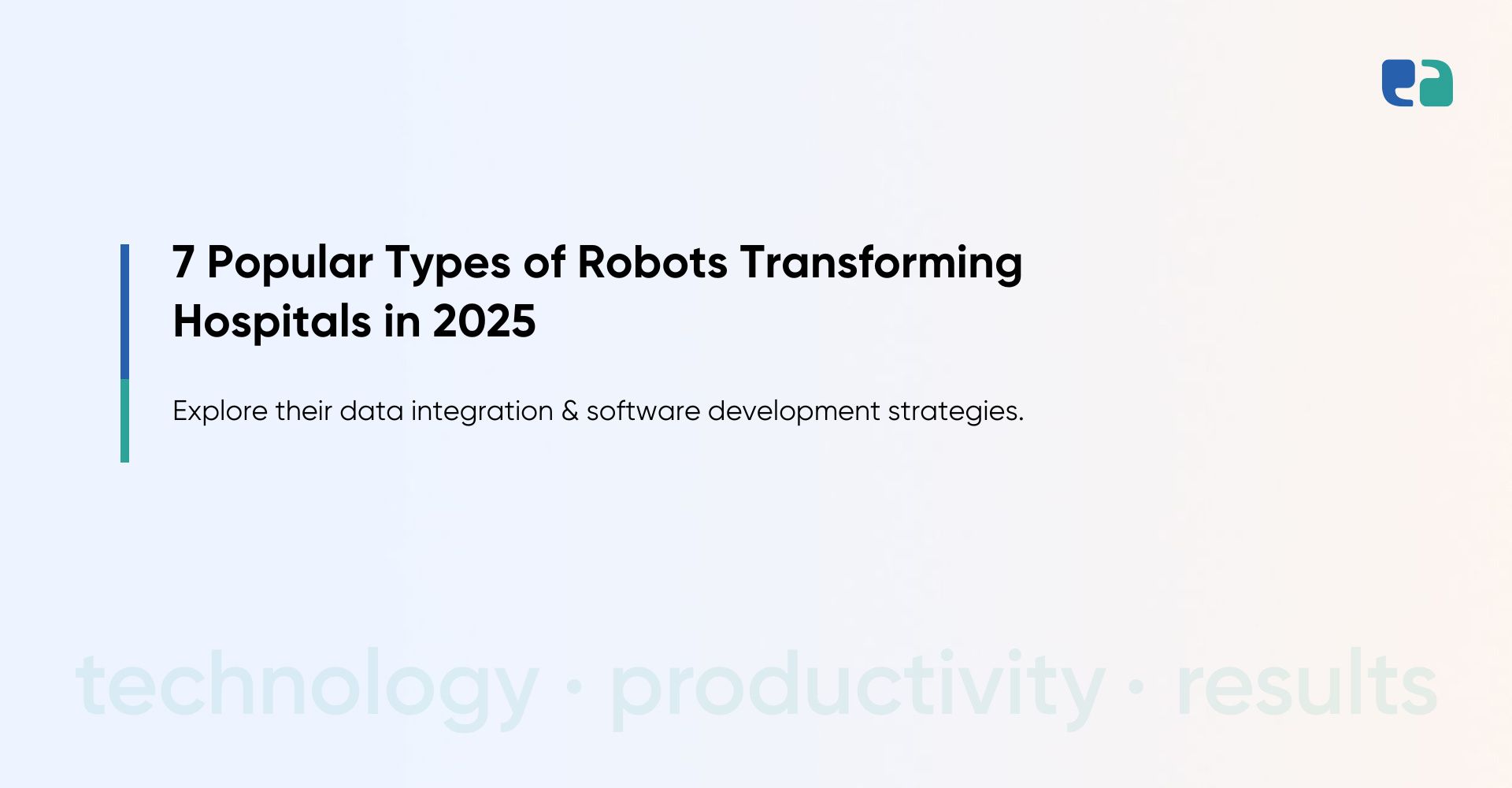
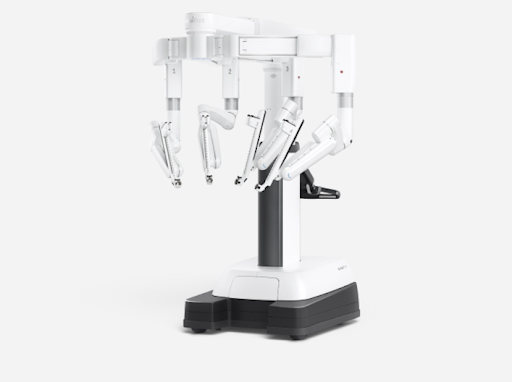
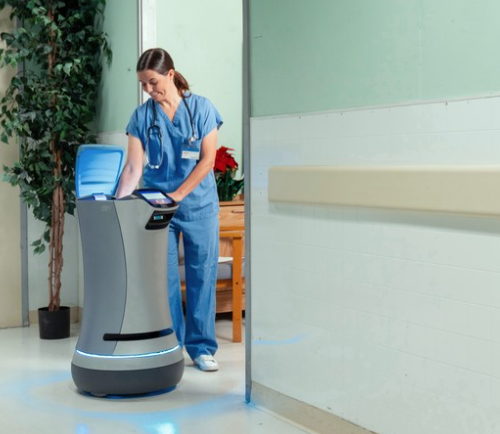 Hospitals take cleanliness seriously—and these robots help. Robots like Xenex use UV light to zap germs.
Hospitals take cleanliness seriously—and these robots help. Robots like Xenex use UV light to zap germs.

